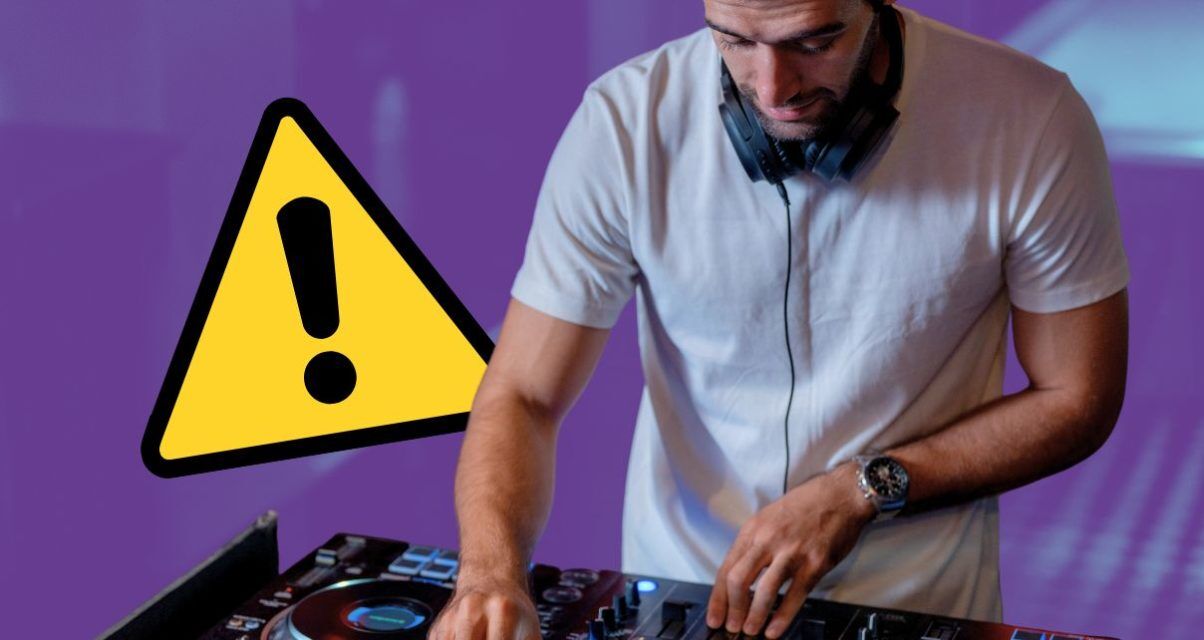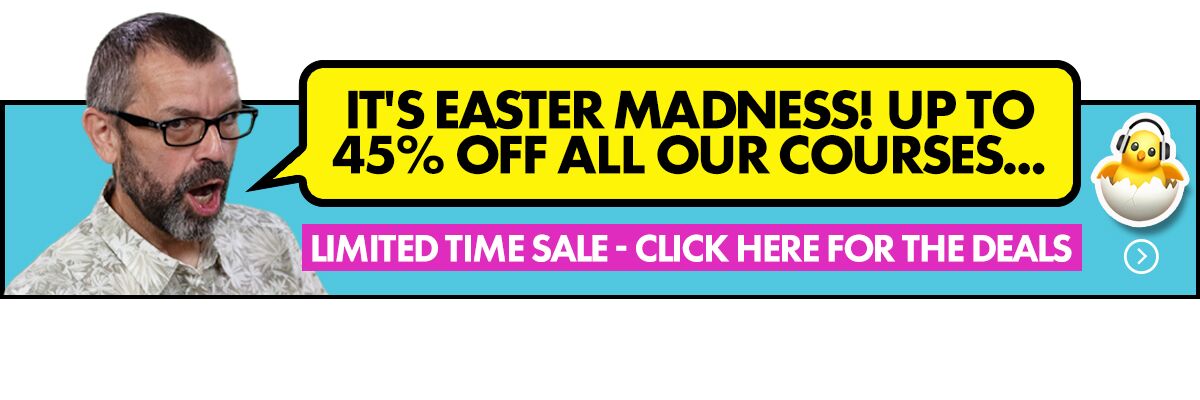Headphones are important for DJs because we use them to listen to what the audience isn’t hearing, to check the track is what we actually want to play, to line up our starting points, and so on.
Good DJ headphones therefore isolate you from the outside world, are comfortable on your head, are durable, and go loud enough. (These are basics: One of the very first articles I wrote on this site over a decade ago explains all of this.)
But there’s one thing that people forget to check when they buy headphones, and it could end up being a rather expensive mistake. So here I’ll give you an example, and tell you why it’s important.
The Story
We got sent a pair of headphones by a company called Adam Audio. They’re the H200s – headphones that are designed for producers, but also have all the attributes of a good DJ headphone, too.
And while they don’t go as loud as the loudest of DJ headphones, I found them plenty loud enough for DJing. Owning this headphone means you don’t need to buy two pairs – one for producing at home, and another for DJing out and about.
So far, so good.
What I DIDN’T like
However, the one thing I hated about them was the ridiculously long straight cable provided!
The problem with this kind of cable is that it’s going to get caught under your feet when you’re DJing and you could literally trip up, damaging the cable, damaging your headphone socket, and at the very least pulling it out of the DJ unit.
It’s not a good look.
For DJing, the kind of cable that you actually want is a coiled cable, because a coiled cable will stay higher than your feet. It won’t drag along the ground when you’re standing next to your DJ gear.
But when you move away from the gear, this type of cable has enough give in it to allow you to head to the back of the DJ booth to grab a coat, or head to the other side of the room to put the kettle on if you are DJing at home (or whatever).
In other words: it’s the best of both worlds.
Failing that, just a shorter cable is preferable to a really long cable that could cause the problems I just outlined.
A happy ending
In this instance, there’s a happy ending to this story because I let Adam Audio know my feelings on this, and they sent me both examples I just quoted for these headphones – I show them to you in the video above. So if you plan on buying this particular pair of headphones, you can order an accessory to get the exact cable you prefer.
Read this next: 6 Essential Accessories For Every DJ
But the moral is: When you are buying DJ headphones, do look at the length of the provided cable and whether it’s coiled or not. If it isn’t coiled, make sure it isn’t very long – because if it is, you’re likely going to end up (at the very least) wanting to buy a second cable.
Some headphones arrive with more than one cable type in the box, but again, it’s one of those things people forget to check. Make sure to factor in this possible extra cost when choosing a pair.
New to all of this?
If you’re completely new to DJing and you’re not sure how DJs use headphones in mixing (and you want to learn), then do check out our Complete DJ Course. The first of five modules covers gear, where I explain plainly what you need to buy for DJing. Then later on in the mixing module, I show you how to effectively use the headphones that you’ve bought.


